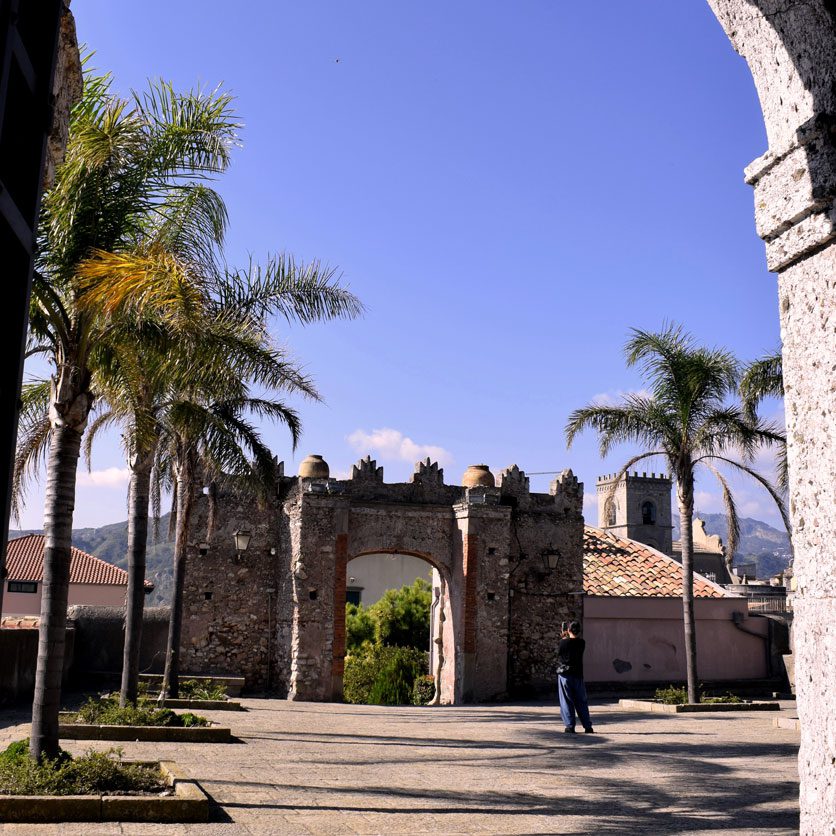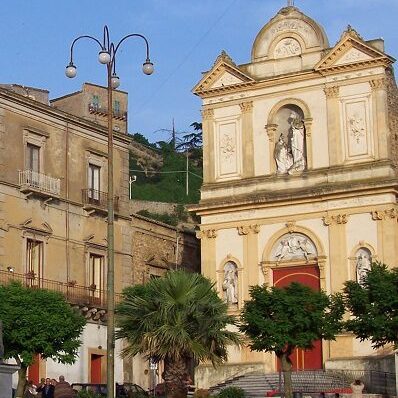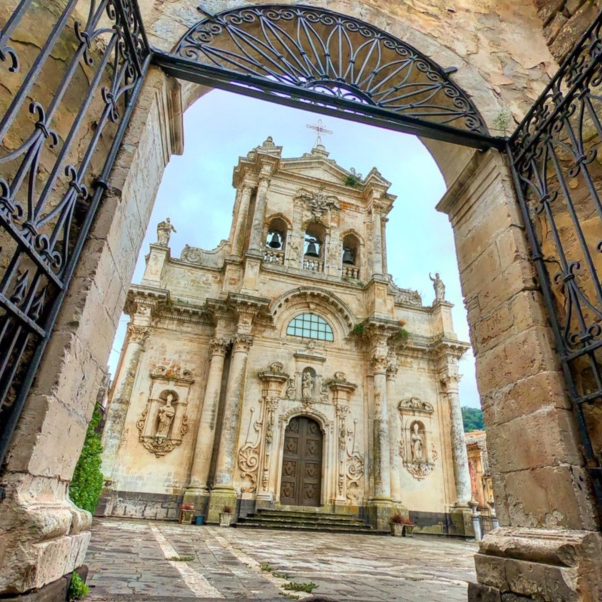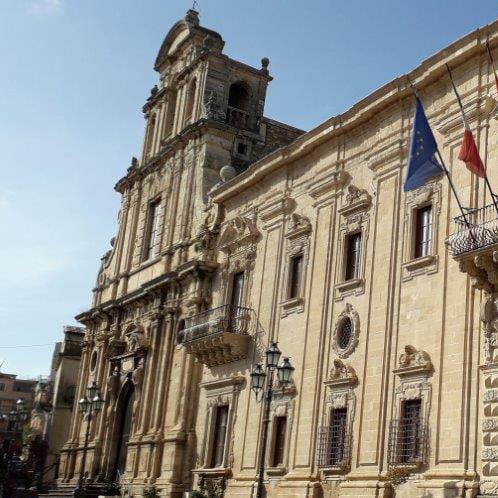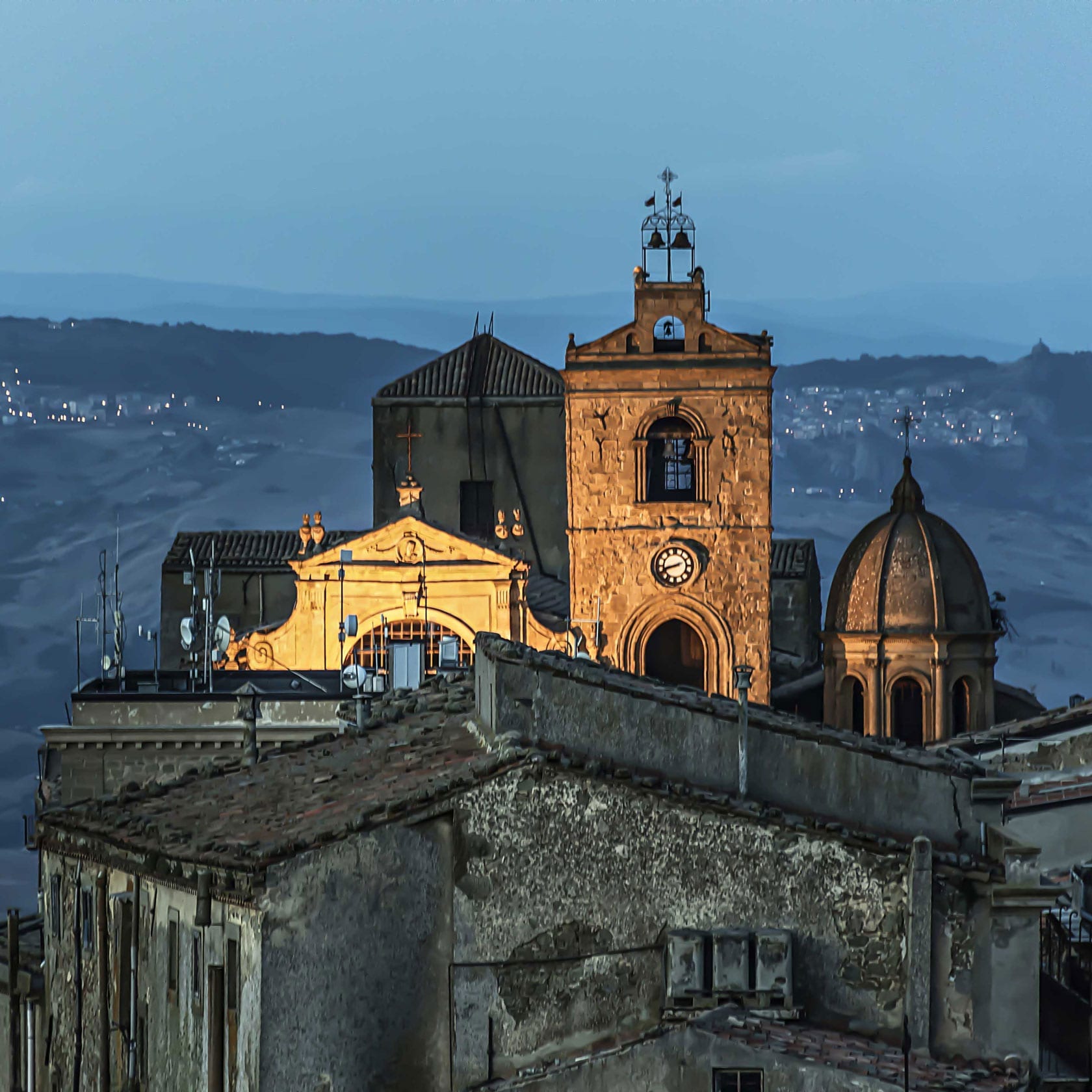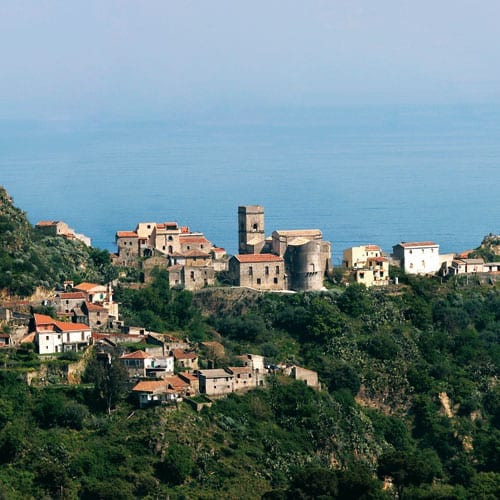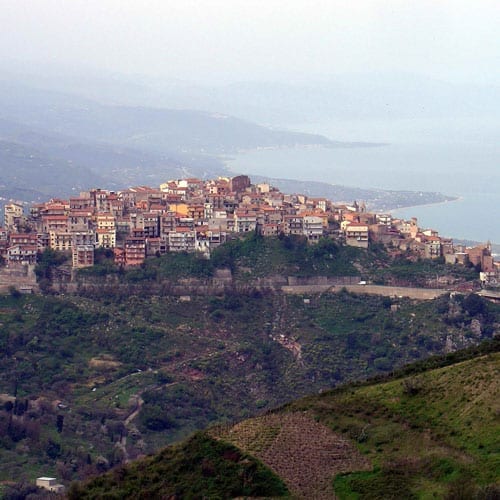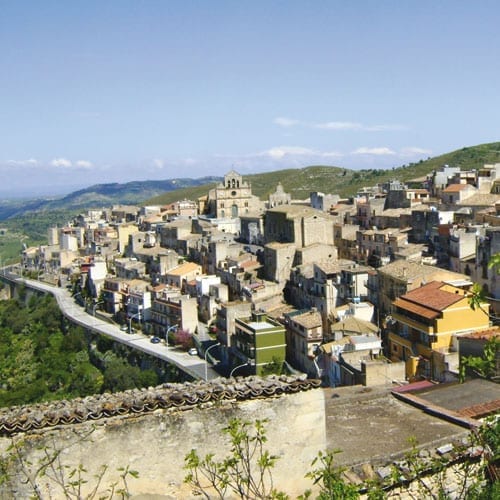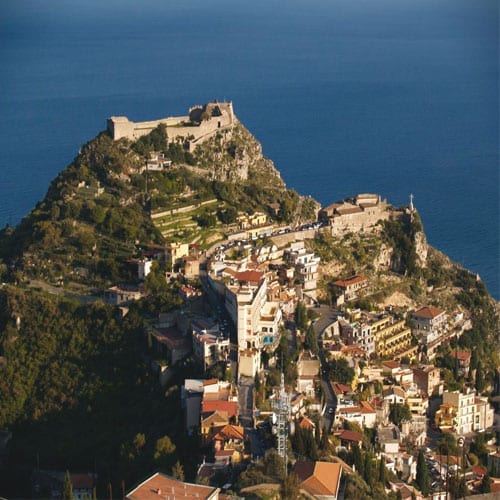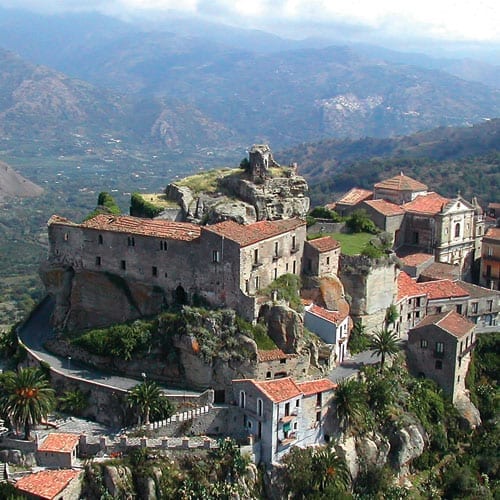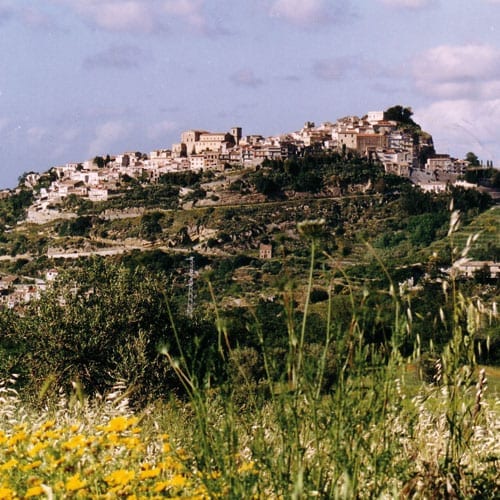 Erice
Erice
Honorary Borgo
MUNICIPALITY OF ERICE
(Trapani District)
Altitude
m. 751 a.s.l.
POPULATION
29550 (550 in the borgo)
TOURIST INFORMATION
Tourism and Culture Office – Ph. 0923 502371 – 0923 502372
Ericetourism Mob. 348 6912335
www.comune.erice.tp.it

The place has taken on different names. For the Greeks it was Eryx, named after the giant with whom the god Hercules here fought, as Virgil tells us in “Aeneid”. The Phoenicians called it Iruka, the Arabs Gabel-el-Hamid, the Normans Monte San Giuliano. The borgo, taking its old Greek name, has been called Erice since 1936.
It is difficult to describe the charm of Erice in just a few words. In ancient times, the mountain on which it stands was the site of the cult of a goddess of fertility, adored with the name of Astarte by the Phoenicians, who built her a temple. Aphrodite for the Greeks, for the Romans the goddess who protected sailors was Venus Ericina, the Love Goddess. At night, a large fire lit in the sacred area served as a beacon. The popularity of Venus Ericina became so high that a temple was dedicated to her in Rome and her cult spread throughout the Mediterranean.
What remains today of the ancient castle of Venus is the work of the Normans (XII-XIII century) who probably reused the materials from the temple of Venus Ericina for its construction. The castle was surrounded by towers connected by two battlements and a drawbridge, the same as that mentioned in 1185 by the Arab geographer Ibn-Jubayr.
Next to the towers is the Balio, a beautiful English garden from which you can enjoy a view going from the Tyrrhenian coast of the Gulf of Trapani (with its particular sickle shape, and Mount Cofano, behind which you can see San Vito lo Capo) to the port of Trapani with its salt pans, the Egadi islands and the island of Mozia up to Mazara del Vallo. On brighter days you can see Cape Bon and the African coast.
A crossroads of cultures, Erice is home to the permanent Peace Observatory, just below the castle’s three towers, in the tower built in 1873 by the scholar and patron Count Agostino Pepoli as a silent refuge for his meditations. Erice has therefore returned to being “Lighthouse of the Mediterranean” rediscovering its ancient vocation as a compass for sailors.
The visit of the borgo can start from Porta Trapani, which opens to Corso Vittorio Emanuele, the street leading to the central square. Along the street and in the alleys around, you can admire the Baroque façades of the palaces and the main dwellings, from the church of San Martino, perhaps of Norman origin and rebuilt at the end of the seventeenth century, to the medieval urban layout that surrounds the church of Sant’Albertino degli Abbati, also seventeenth-century. Other churches worth seeing are San Giuliano, of Norman origin as well (1080) and renovated in the seventeenth century, and San Cataldo, which houses works by the great Sicilian sculptor Antonello Gagini and his school. The narrow streets around the seventeenth-century Monastery of San Carlo, such as Via La Russa and Via San Carlo, are of great charm. In the centre of the medieval quarter is the complex of St. Peter’s, with a late fourteenth-century church rebuilt in 1745 and a monastery. From via Guarnotti you’ll enter Piazza San Domenico, and through Via Cordici you’ll reach Piazza Umberto, overlooked by the Town Hall, the Municipal Library and the Antonio Cordici Museum.
Passing along the back of some remarkable palaces, you will reach the Mother Church, which is in front of the cyclopean walls of the Phoenician Elimination period (8th-7th century BC). Built in 1314 by King Frederick of Aragon who took refuge in Erice during the Vespers war, it has a quadrangular bell tower with mullioned windows that served as a watchtower, an original Gothic structure and, on the right wall, nine crosses that, according to tradition, come from the temple of Venus.
Finally worth mentioning is the Spanish quarter, built in the seventeenth century when, during the Spanish domination in Sicily, there was an obligation for all cities to offer free lodging to the soldiers of the garrison. The inhabitants of Erice obtained from the Viceroy’s government to build a small fort at their own expense, behind the church of Sant’Antonio, where they could house the soldiers. Work on the construction of the Spanish Quarter was interrupted in 1632 and never resumed. Spanish soldiers were hosted into the Norman castle.
Typical of Erice are the di riposto sweets, filled with cedar jam, hand-made by the artisan pastry chefs who hand down the recipe learned from the nuns of the cloistered convent of San Carlo. Mustaccioli, pasta, milk biscuits and other pastries are on display in the pastry shops for the pleasure of the eyes and the palate.


